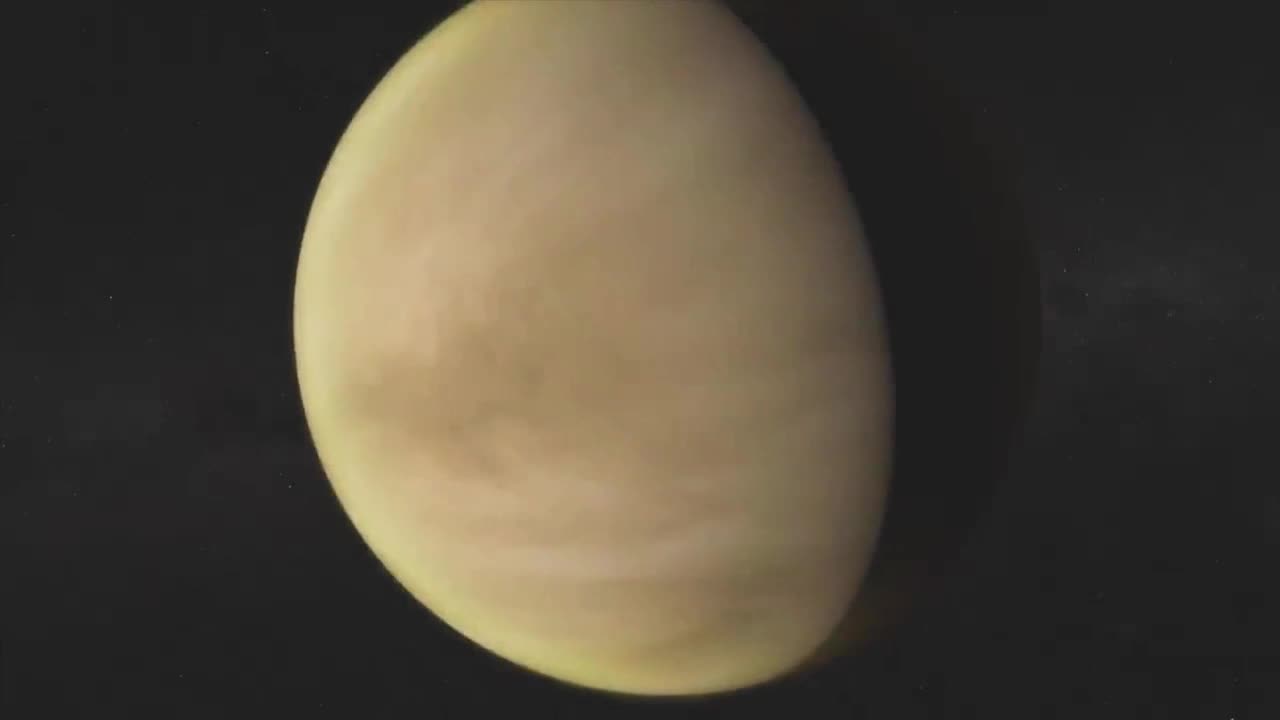NASA's Da Vinci probe to unveil Venus' past habitability and geological mysteries
July 01, 2025 | Tacoma, Pierce County, Washington
This article was created by AI summarizing key points discussed. AI makes mistakes, so for full details and context, please refer to the video of the full meeting. Please report any errors so we can fix them. Report an error »

The surface of Venus is known to be completely inhospitable for life, characterized by extreme conditions such as high pressure and scorching temperatures. However, scientists are investigating whether Venus could have once been a habitable world, similar to Earth, with oceans of liquid water. NASA's upcoming Da Vinci mission aims to explore ten significant mysteries surrounding Venus, shedding light on its past and potential for habitability.
One of the primary questions is whether Venus ever hosted life. To address this, researchers will study the planet's atmosphere, geology, and history. Understanding why Venus evolved so differently from Earth is also crucial, given their similarities in size and density. Despite these similarities, Venus has an atmosphere 90 times denser than Earth's and surface temperatures exceeding 900 degrees Fahrenheit.
Another mystery involves the formation of Venus. Scientists are uncertain if it experienced the same bombardment by water-rich comets and asteroids as Earth did, which is vital for assessing its potential to have hosted oceans. The composition of Venus' atmosphere, particularly in its lower regions where carbon dioxide behaves like a liquid, remains poorly understood. The Da Vinci probe will gather data on the atmosphere's chemistry and dynamics as it descends.
The geological features of Venus also raise questions. The mission will investigate how the planet's rocks formed and whether they indicate the presence of ancient continental crust. Additionally, understanding the amount of water Venus may have had and when it lost that water is essential for evaluating its past habitability.
Surface activity on Venus, including potential plate tectonics and volcanism, is another area of interest. The Da Vinci and Veritas missions will explore current volcanic activity and the nature of the planet's crust. Furthermore, the Da Vinci probe will capture high-resolution images of Venus' mountainous regions, providing new insights into its topography.
Finally, findings from Venus could inform our understanding of exoplanets that resemble it, particularly those observed by the James Webb Space Telescope. If evidence of past habitability is found on Venus, it may suggest that similar exoplanets could also be capable of supporting life.
As NASA prepares for these missions, the exploration of Venus promises to unveil new mysteries and deepen our understanding of planetary evolution and habitability.
One of the primary questions is whether Venus ever hosted life. To address this, researchers will study the planet's atmosphere, geology, and history. Understanding why Venus evolved so differently from Earth is also crucial, given their similarities in size and density. Despite these similarities, Venus has an atmosphere 90 times denser than Earth's and surface temperatures exceeding 900 degrees Fahrenheit.
Another mystery involves the formation of Venus. Scientists are uncertain if it experienced the same bombardment by water-rich comets and asteroids as Earth did, which is vital for assessing its potential to have hosted oceans. The composition of Venus' atmosphere, particularly in its lower regions where carbon dioxide behaves like a liquid, remains poorly understood. The Da Vinci probe will gather data on the atmosphere's chemistry and dynamics as it descends.
The geological features of Venus also raise questions. The mission will investigate how the planet's rocks formed and whether they indicate the presence of ancient continental crust. Additionally, understanding the amount of water Venus may have had and when it lost that water is essential for evaluating its past habitability.
Surface activity on Venus, including potential plate tectonics and volcanism, is another area of interest. The Da Vinci and Veritas missions will explore current volcanic activity and the nature of the planet's crust. Furthermore, the Da Vinci probe will capture high-resolution images of Venus' mountainous regions, providing new insights into its topography.
Finally, findings from Venus could inform our understanding of exoplanets that resemble it, particularly those observed by the James Webb Space Telescope. If evidence of past habitability is found on Venus, it may suggest that similar exoplanets could also be capable of supporting life.
As NASA prepares for these missions, the exploration of Venus promises to unveil new mysteries and deepen our understanding of planetary evolution and habitability.
View full meeting
This article is based on a recent meeting—watch the full video and explore the complete transcript for deeper insights into the discussion.
View full meeting
